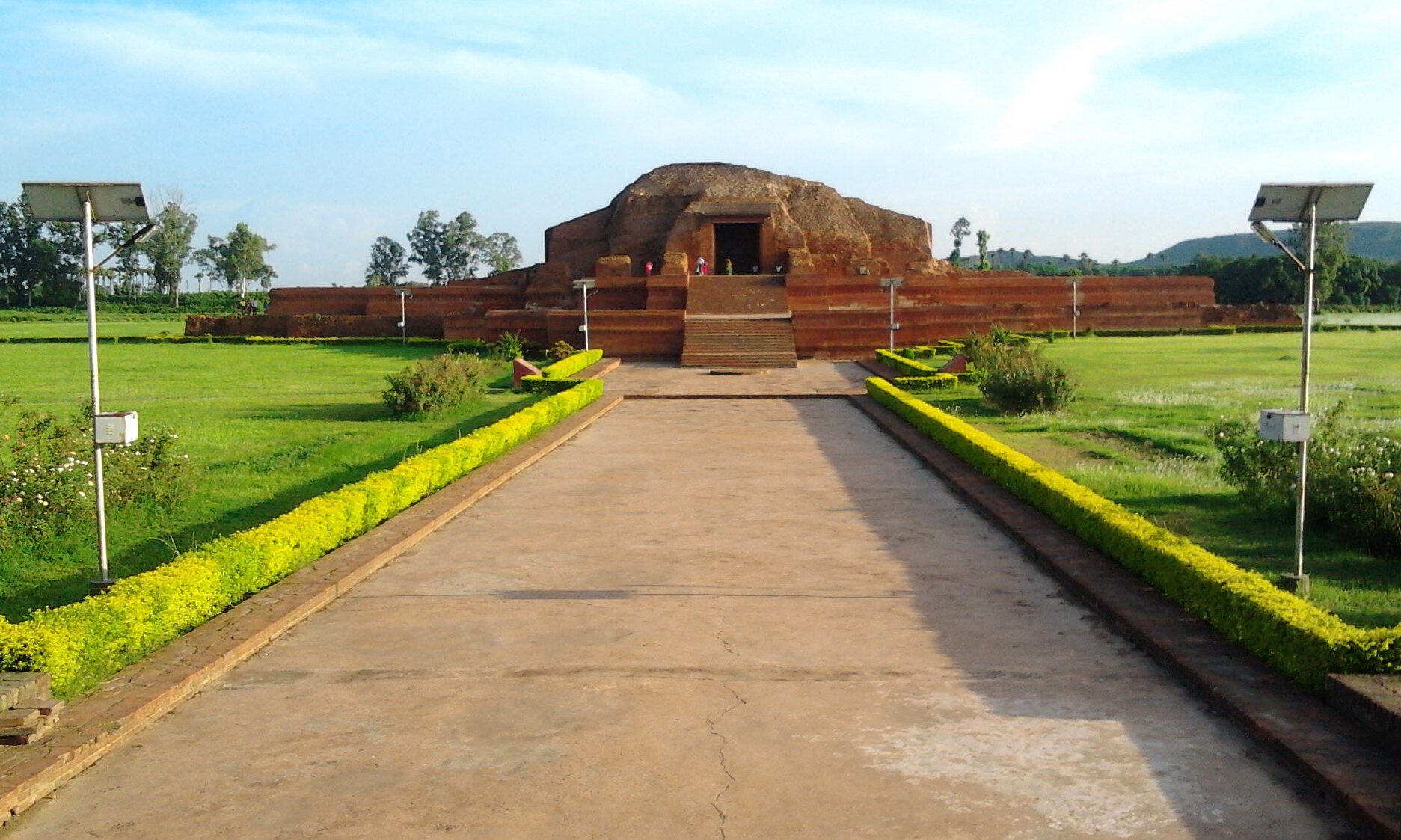Sarat Chandra Chattopadhyay (Bengali: শরৎ চন্দ্র চট্টোপাধ্যায়; 15 September 1876 – 16 January 1938) was a Bengali novelist and short story writer of early 20th century.
Personal life
Sarat Chandra was born in Debanandapur, Hooghly, Bengal Presidency, British Raj. His family was occasionally supported by other family members and Chattopadhyay’s lack of financial stability would influence his writing in years to come. He started his education at “Pyari Pandit”s” pathshala and then he took admission at Hooghly Branch High School. Although he began as a fine arts student, Chattopadhyay left his studies due to his persistent state of poverty. He received his early education while residing at his maternal uncle’s house in Bhagalpur. He spent 20 years of his life in Bhagalpur and a significant portion of his novels were either written in Bhagalpur or based on his experience in Bhagalpur.
His work represented rural Bengali society and he often wrote against social superstitions and oppression. For a short period he was a sannyasi, a Hindu ascetic who abandons the material and social worlds. His first published story was “Mandir”.
After the death of his parents, Chattopadhyay left his college education midway and went to Burma in 1903. There he found employment with a Government Office as clerk. He returned to India, but before his departure he submitted a short story for a prize competition under his uncle’s name, Surendranath Ganguli. It won first prize in 1904.
Vishnu Prabhakar wrote a biography about Chattopadhyay. Prabhakar traveled for fourteen years to collect material.
He died in Kolkata of liver cancer in 1938.
House of Sarat Chandra Chattopadhyay
Sarat Mela
The fair is held on the Panitras High School grounds some distance from Sarat Chandra’s house but if it could be shifted to the open space where the Rupnarayan River once flowed right in front of the house people could link the two more easily. The Government of West Bengal does not provide funds, only private and public donations allow the villagers to hold the fair. However, sometime the number of people it draws is reduced due to unpleasant weather conditions like rainfall.
Works
Novels and Novellas
- Arakhsanya, 1916
- Bamuner Meye
- Bipradas, 1935
- Birajbou, (Mrs. Biraj) 1914
- Baikunther Will
- Bordidi, (The Elder Sister) 1907
- Chandranath
- Choritrohin, (Shameless) 1917
- Datta, 1917–19
- Dena Paona, (Debts and Demands) 1923
- Devdas, 1917 (written in 1901)
- Grihodaho, 1919
- Naba Bidhan
- Nishkriti
- Palli Shomaj, 1916
- Panditmashai
- Parineeta, 1914
- Pather Dabi or Path Ke Davedar, (Demand for a Pathway) 1926
- Shesh Prasna, (The Final Question) 1931
- Shesher Parichoy (Incomplete)
- Shubhoda
- Srikanta, (Four parts, 1917, 1918, 1927, 1933)
Stories
- Aalo O Chhaya
- Abhagir Swargo
- Anupamar Prem
- Anuradha
- Andhare Aalo
- Balya Smriti
- Bilashi
- Bindur Chhele, (Bindu’s Son) 1913
- Bojha
- Cheledhora
- Chobi
- Darpochurno (Broken Pride)
- Ekadoshi Bairagi
- Kashinath
- Haricharan
- Harilakshmi
- Lalu (parts 1, 2, and 3)
- Mamlar Phol
- Mandir
- Mahesh (The Drought)
- Mejdidi
- Bochor Panchash Purber Ekti Kahini
- Paresh
- Path Nirdesh
- Ramer Shumoti, (Ram’s Good Sense) 1914
- Sati
- Swami (The Husband)
Plays
- Bijoya
- Rama
- Shoroshi
Essays
- Narir Mulya
- Swadesh O Sahitya
- Taruner Bidroho
Other Works
- Dehati Samaj, 1920
- Sharoda (published posthumously)
Films
There was another movie based on his novel called Nishkriti, Apne Paraye (1980) by Basu Chatterjee, starring Amol Palekar. The Telugu film Thodi Kodallu (1957) is also based on this novel. Gulzar’s 1975 film, Khushboo is majorly inspired by his work entitled Pandit Mashay. The 1961 Telugu film Vagdanam by Acharya Atreya is loosely based on his novel Datta. Also the 2011 film Aalo Chhaya is based on his short story, Aalo O Chhaya.
Awards and degrees
Sarat Chandra Chattopadhyay is known as Oporajoy Kothashilpi in Bangla literature
- Kuntolin puraskar (For Mandir)
- D.Litt. (Given by University of Dhaka, now in Bangladesh)
Textbooks
- Golpo Songroho (Collected Stories), the national text book of B.A. (pass and subsidiary) course of Bangladesh, published by University of Dhaka in 1979 (reprint in 1986).
- Bangla Sahitya (Bengali Literature), the national text book of intermediate (college) level of Bangladesh published in 1996 by all educational boards.
Article References:
1. https://en.wikipedia.org/wiki/Sarat_Chandra_Chattopadhyay



















